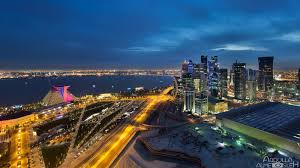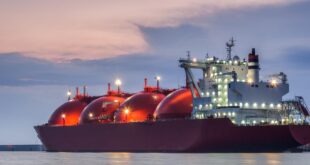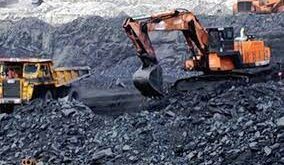By now it should be evident that the Saudi-led economic and political boycott of tiny. gas-rich Qatar has caused Doha to push back and chart its own course. A Saudi-led boycott was put in place in 2017 over allegations that Qatar had been funded terrorist groups and over claims that it has sought better ties with Saudi arch-rival Iran to underline Riyadh. Doha vehemently denies both claims. Egypt. the United Arab Emirates. and Bahrain have also taken part in the boycott.
Qatar said on Tuesday it’s aiming to start an energy-focused lender. Energy Bank. that will eventually be worth $10 billion. Speaking at an Islamic Finance conference in Doha on Tuesday. Qatari executives said it would be the largest Islamic energy-focused lender in the world and would target private sector and government energy projects. both at home and abroad. Mohammed al-Marri. chairman of Energy Bank’s media committee. said operations would begin in the fourth quarter of 2019.
“With paid up capital of $2.5 billion. the establishment of Energy Bank in Qatar comes in light of the incredible growth projected for Qatar’s energy sector.“ al-Marri said. However. he declined to give details on how the total $10 billion amount would be raised. He said the lender would focus on financing oil and gas. petrochemicals. and renewable energy projects. but also declined to specify how much would be allocated for lending outside the country.
LNG top spot
Qatar is the global LNG exporter leader and has the world’s largest LNG liquefaction capacity at 77 million tons per annum (mtpa). with that amount set to increase to a commanding 110 mtpa within five years. Both Australia and the U.S. will seek to challenge Qatar’s top LNG slot. especially the U.S. if its so-called second wave of LNG project development can obtain necessary funding and off-take agreements needed to reach the all-important final investment decision (FID) before projects can go forward. However. much of that is still playing out. Unless Washington and Beijing can reach a new deal to end trade tensions. several smaller and mid-sized projects not backed by cash-laden oil majors will be unable to go forward. thus putting the country’s chance to become the global top liquefaction capacity leader by the mid part of the next decade or later in jeopardy.
Pushing back
The Energy Bank disclosure also comes as Qatar continues to push back against the Saudi-led boycott in other ways. Qatar’s Minister of Commerce and Industry said earlier this month that the country’s trade surplus reached $52 billion in 2018. in spite of the boycott. Media in the region said the country was still attracting strong demand despite the economic and diplomatic boycott by its former Gulf allies. In 2018. Qatar raised $12 billion in its first dollar bond sale in two years. bypassing Saudi Arabia’s $11 billion bond issue the same year.
Qatar has also displayed geopolitically savvy in light of recent growth in U.S. LNG development. Instead of merely trying to only compete head-to-head with the U.S.. Qatar decided in December to diversify and invest billions in the U.S. LNG sector. It also reached a deal with Italian energy company Eni for three oil fields in Mexico. as well as investing in the Golden Pass LNG project proposal in Texas. State-run Qatar Petroleum is the majority owner of the Golden Pass LNG terminal. while U.S. oil major Exxon Mobil and U.S.-based independent oil company ConocoPhillips hold smaller stakes.
Moreover. it’s been a full year since the International Monetary Fund (IMF) said that impact of the boycott against Qatar was fading as the country’s banking system had recovered from initial outflows and GDP was projected to reach nearly 3 percent. Reuters said that the boycott had indeed hurt Qatari economic growth. but Doha responded by developing new trade routes. depositing state money in its banks and helping local firms to develop domestic output of some goods.
Protecting LNG market share in Asia
Qatar is also planning to not only protect its LNG market share in the Asia-Pacific region. which accounts for 72 percent of global LNG demand. with that amount set to increase to at least 75 percent amid increased in Chinese LNG usage. but it also aims to take an even bigger market share in the region – putting it at odds with both regional LNG heavyweight Australia and the U.S.
`Asia is the biggest market for LNG. or fuels in general because that is where [economies are growing]. and that is where the need is.“ Qatar’s Energy Minister Saad Sherida al-Kaabi said in an interview e with Nikkei Asian Review in February. He also mentioned Japan. which is currently the world’s largest LNG importer. followed by China and South Korea. `Japan. in particular. has a very special place in our heart. and we are looking to extend our contracts with Japanese companies.` al-Kaabi said.
He said that in the aftermath of the Fukushima nuclear disaster. Qatar canceled LNG shipments to other destinations. diverting them instead to Japan and selling them at contract prices. despite gas prices being `very high` at the time. the report added. `We wanted to show the people of Japan our respect.` he said.
 Iran Energy News Oil, Gas, Petrochemical and Energy Field Specialized Channel
Iran Energy News Oil, Gas, Petrochemical and Energy Field Specialized Channel




